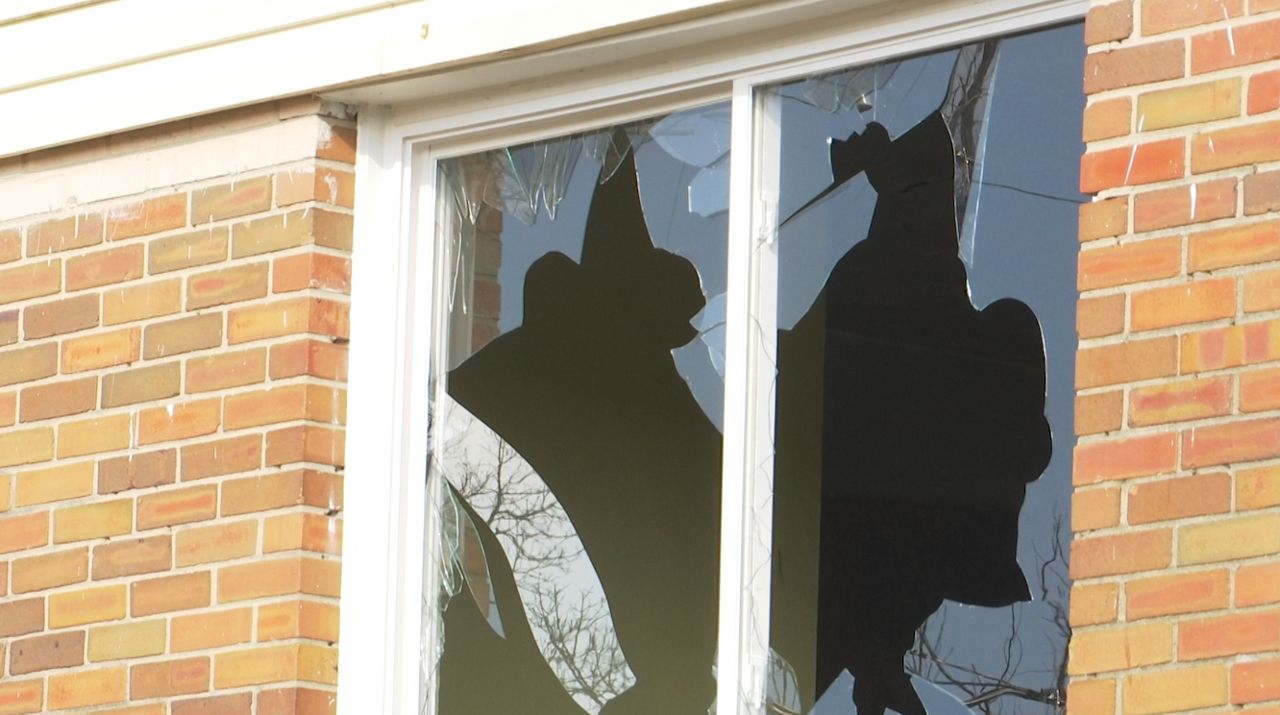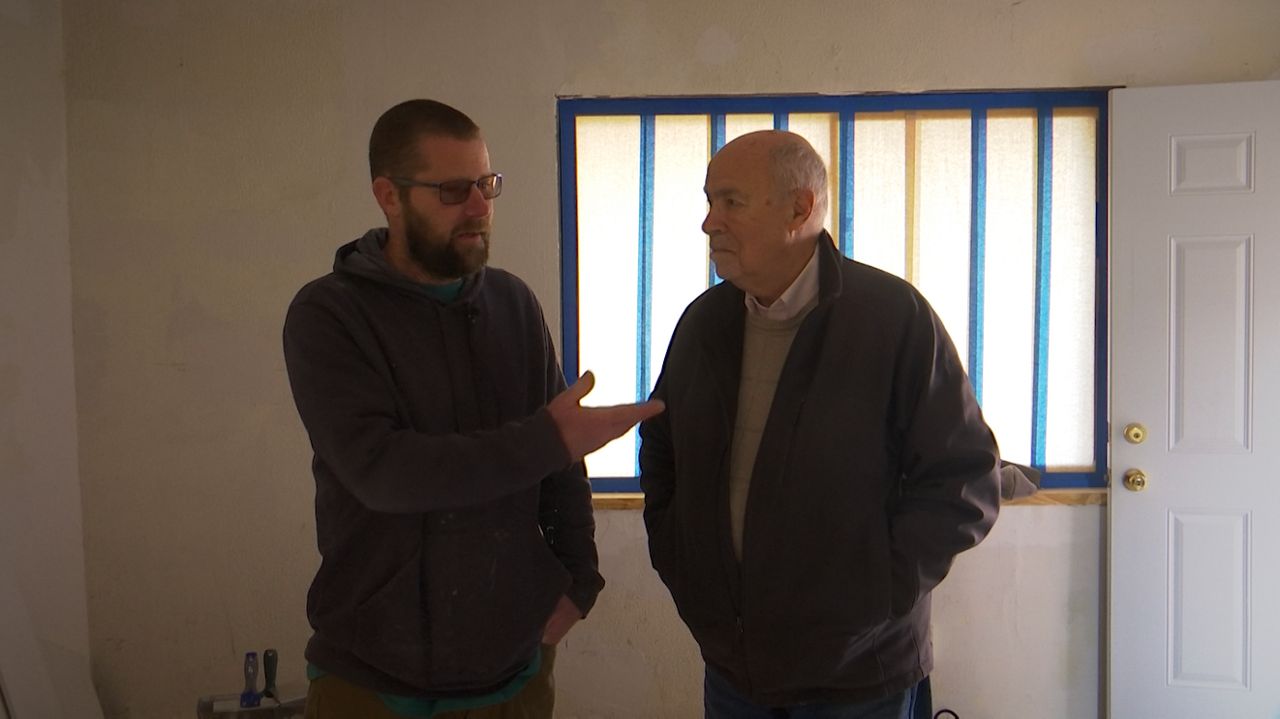DAYTON, Ohio — Walking through the newly renovated property at 1700 Harold St., there’s little evidence of the unit that stood roughly 14 years vacant.
It’s the first of the Community Gains receivership project opening up to renters, and the nonprofit’s founder, Fred Burkhardt, hopes it’s just the beginning of his efforts to bring new life to long-delinquent pieces of Dayton’s housing stock.
What You Need To Know
- Community Gains uses receivership to renovate property.
- Properties have often stood vacant for years.
- Dayton has one of the highest housing vacancy rates in the state.
- The first Community Gains project expects tenants by the spring.
He started the nonprofit in 2021, with the aim to use Ohio’s receivership laws to force delinquent property owners to come to the table with an ultimatum: get your property up to code, or Community Gains will do it for you.
The Harold Street property and its three neighbors were among the first Burkhardt took to court, after he tracked down the out-of-state owner who allowed the property to fall into disrepair.
“He refused service,” he said. “We filed suit in January 7, 2022, we were in court June 30, 2022. We began work the following morning.”

Receivership law allows for an uninterested third party to file for the right to manage renovations for a property the court deems a public nuisance. If the court finds the property owner unable or unwilling to make repairs and the proposed receiver has a sufficient plan and financial means, the court can appoint the receiver to take responsibility for getting the property back up to livable standards.
Once repairs are complete, the owner has the opportunity to buy the property back at the cost of the renovations, otherwise, it goes up for sale to vetted investors.
“It puts properties back into circulation,” Burkhardt said. “And the market rate is conducive for the people who would actually go into them.”

Burkhardt said the Harold Street unit took about six months once the court case wrapped up, costing about $230,000 for a near-comprehensive rehabilitation. All of the funding came from private investors, not government grants.
“The trim, the door, the floors, everything has been completely replaced,” he said. “All the electric wiring had to be done from scratch.”
Many properties require roof replacement, new drywall and an entirely new plumbing system.
“This was a shell,” Burkhardt said of the property.
There are thousands of properties like it across Dayton, which has the highest housing vacancy among Ohio’s major cities. According to 2020 Census Data, roughly one in six units are unoccupied, many of which are abandoned and tax-delinquent.
Since 2013, the city of Dayton has demolished thousands of them, but Burkhardt believes whenever possible, renovation is a better way to combat the issue.
“You cannot increase your inventory by tearing it down,” he said.
Instead, Burkhardt said improving property already existing in Dayton’s neighborhoods is more cost-effective and improves the standard of living for the surrounding properties.
“There’s a neighborhood involvement above and beyond just a different house,” he said.
Dayton Mayor Jeffrey Mims, Jr. agreed, and while Community Gains does not accept public funding for its work, Burkhardt said he has been working with the city to identify problem areas and properties to target.
“We’re looking at how we create better living experiences for people in some of these spaces that have been previously written off,” Mims said.
Currently, Burkhardt said he has about eight projects underway and six more that are making their way to court. Ultimately, he said he’d like to see all of them out of his hands and filled with renters.



